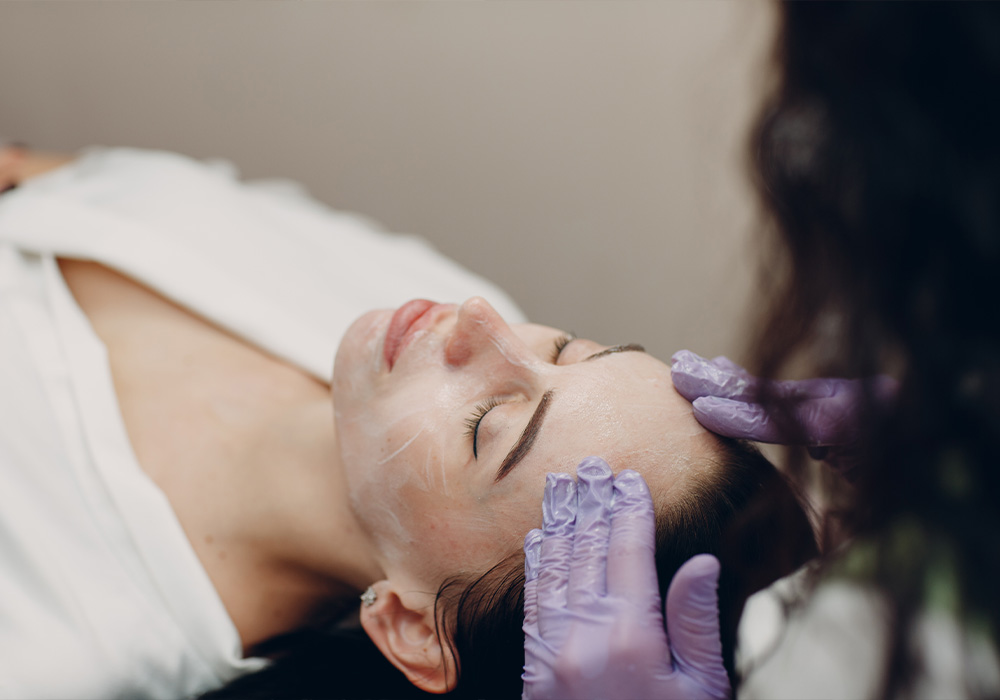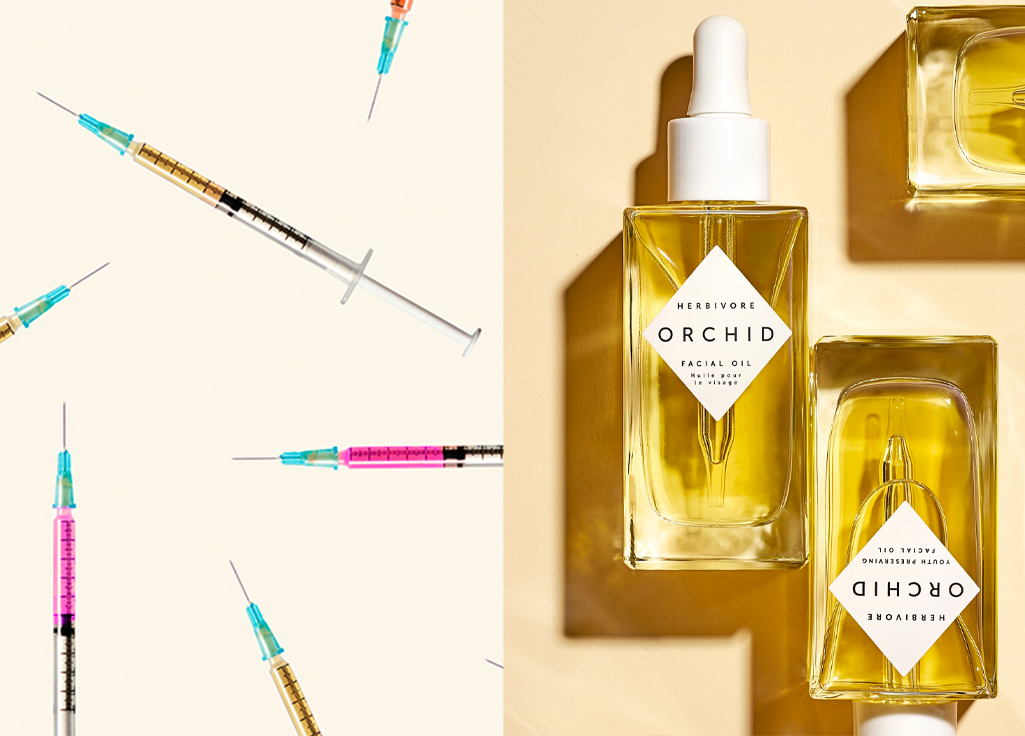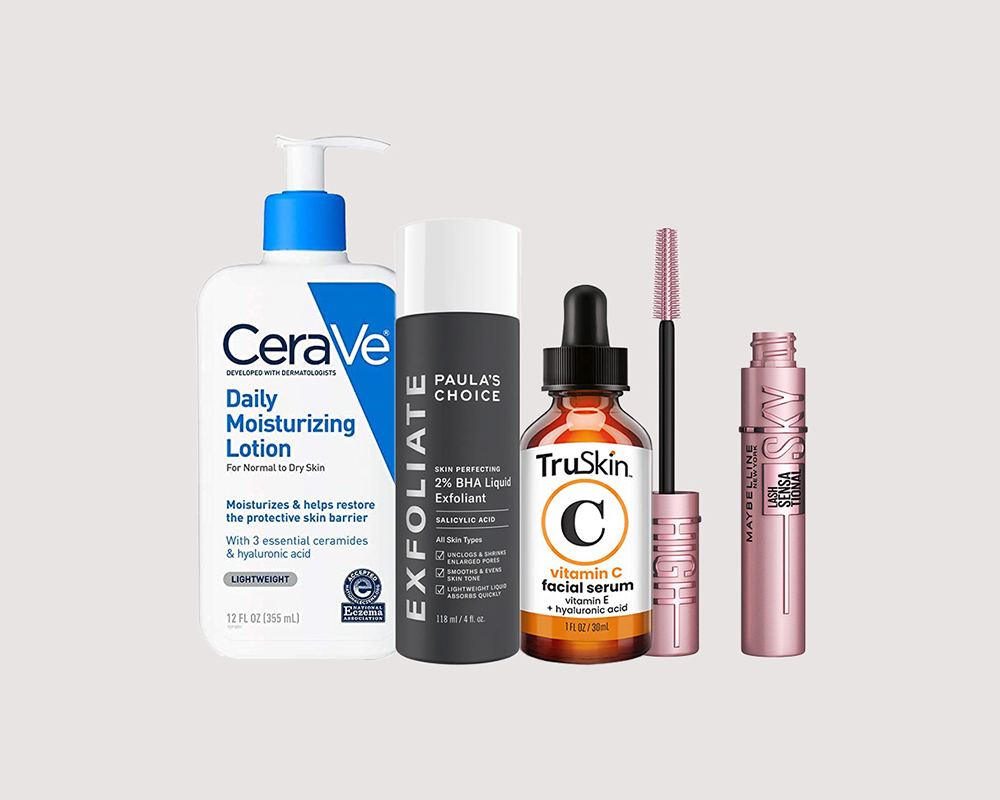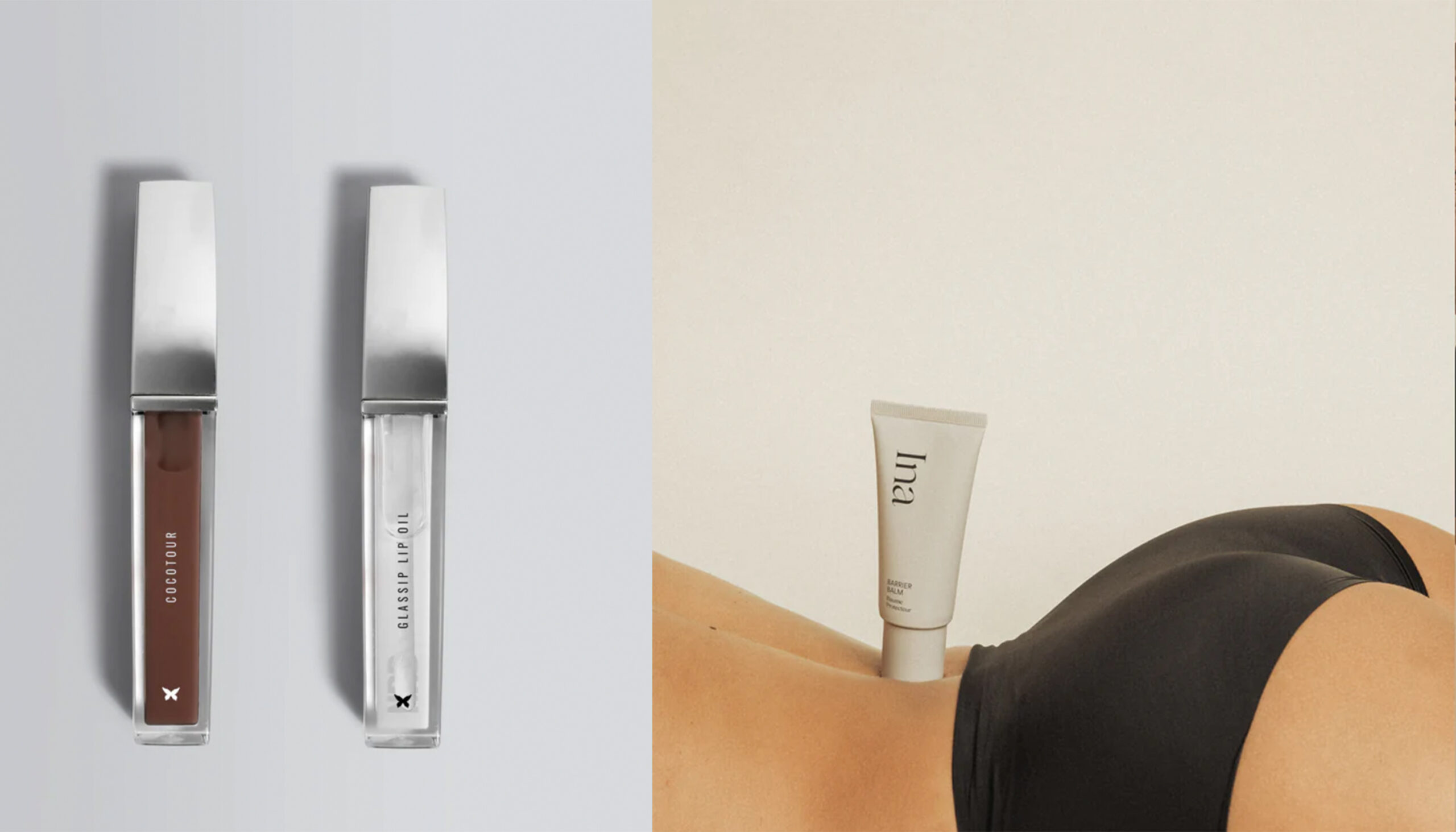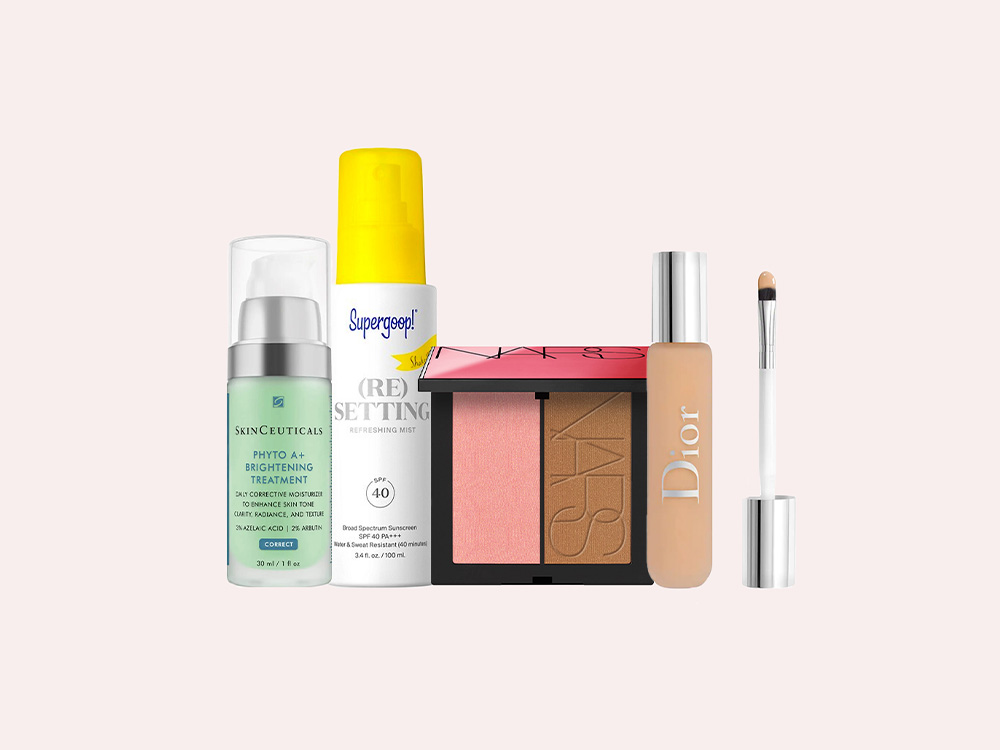Simple, routine beauty appointments are considered “maintenance” by some; others find them to be a way to relax and pamper. Regardless of the purpose, if not done properly and by a certified expert, a straightforward beautifying habit can turn into much more. “There’s a lot of people who don’t take precautions for the client,” says Beverly Hills, CA, dermatologist Debra B. Luftman, MD. “That’s why you have to take the proper measures, ask the right questions, and look out for yourself. If you find someone you trust, it’s best to stick with him or her. Sometimes, it’s not about finding the best deal or saving a few bucks.”
Facials
Professional extractions can make the pores appear smaller and the skin clearer. But if your aesthetician is too forceful, the only thing that will come out of it is problems that can linger. “I’ve seen patients come to me with broken blood vessels and pits in their skin from too much picking and squeezing done by an aesthetician,” says Weston, FL, aesthetician Rosalee Messa. “Moderation is key, and if you experience any adverse effects, see someone who’s licensed to determine how to fix your skin.”
Extractions are a key element of facials but, as Messa points out, if done too aggressively, they can hinder the health of the skin. “It’s better to have your skin cleaned more frequently with fewer extractions as overextracting the skin can lead to scabbing, pitting and additional blemishes.” She also says that many are sensitive to products used in a facial, which can lead to post-treatment breakouts, rashes and irritation—let your skin-care professional know of any allergies or sensitivities.
Chemical Peels
A great way to refresh and resurface the skin, chemical peels, if not done properly, can cause discoloration that can be hard to fix. Chemical peels work by removing the uppermost layers of skin and the time they take for onset of action is rather quick. However, if your aesthetician doesn’t neutralize the peel, or uses a solution that’s too strong for your skin, there is the risk of hyperpigmentation, hypopigmentation and burning. “The sun can also disrupt the results of a peel, so if you like to sit in the sun, it’s important that you let your aesthetician or dermatologist know,” says Messa.
The potential for burning and excessive pigmentation is more common than most people think. It’s best to visit a medical aesthetician who understands the anatomy of the skin and how these acids work.
Injectables
Injectables and fillers can plump up wrinkles and lines in mere minutes. But if they are not done with caution, the effects can be devastating. Many women have injections done outside of a doctor’s office, at Botox parties, or at unqualified, unregulated medi-spas. The problem is that a lot of these injectors are not certified and trained by the injectable companies and don’t have the proper equipment to handle an emergency situation. Adds Livingston, NJ, dermatologist Christopher Sciales, MD, “Botox parties trivialize and make light of a serious procedure.” Besides that, some are even injecting non FDA-approved fillers. “You should always demand proof of what’s being used on your face and ask to see the bottle—if it’s not a product approved for use in the U.S., don’t even toy with the idea,” Dr. Luftman says.
Only seek treatment with a reputable and experienced board-certified dermatologist or plastic or facial plastic surgeon that uses FDA-approved fillers. “Never have anything you’re unfamiliar with injected into your face, especially in an area that’s not common use for that product,” says Dr. Luftman. To learn more about injectables, visit expertinjector.org.







